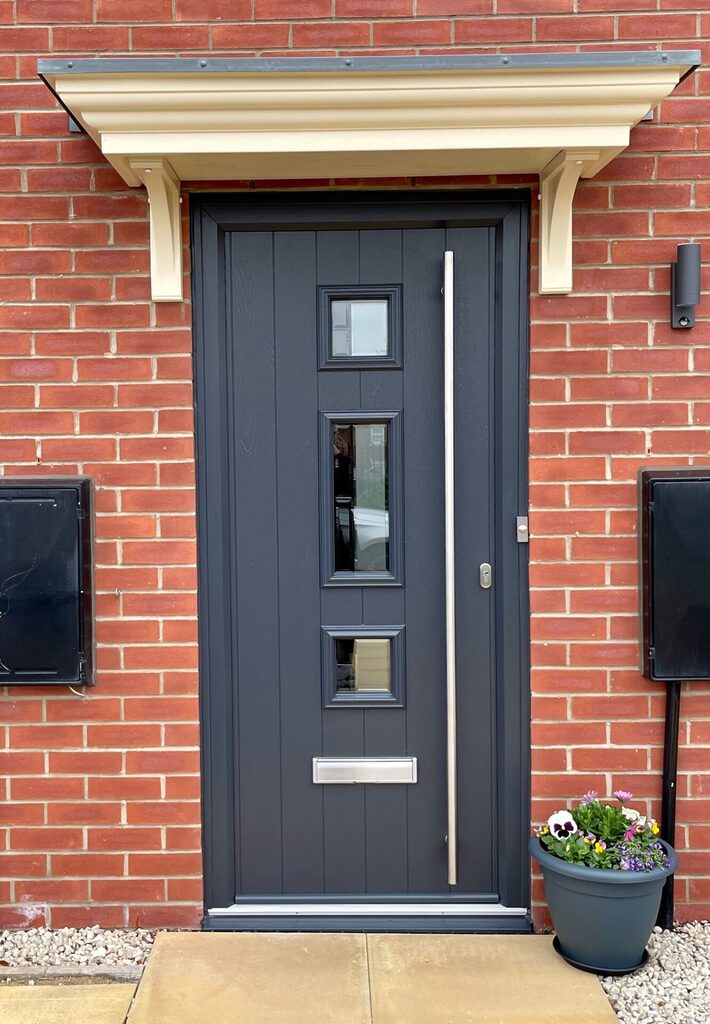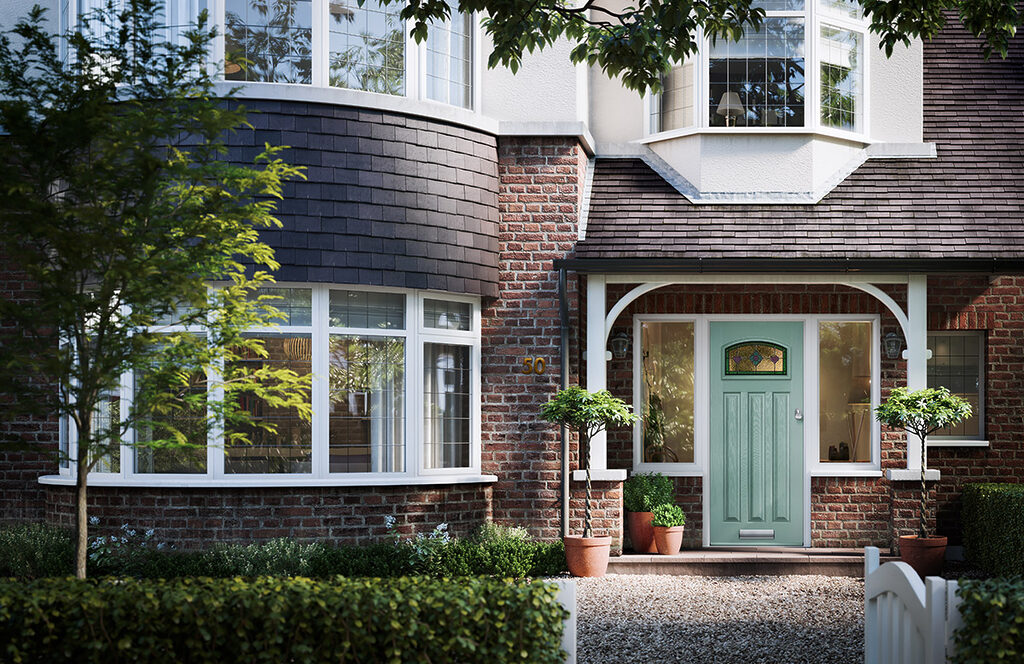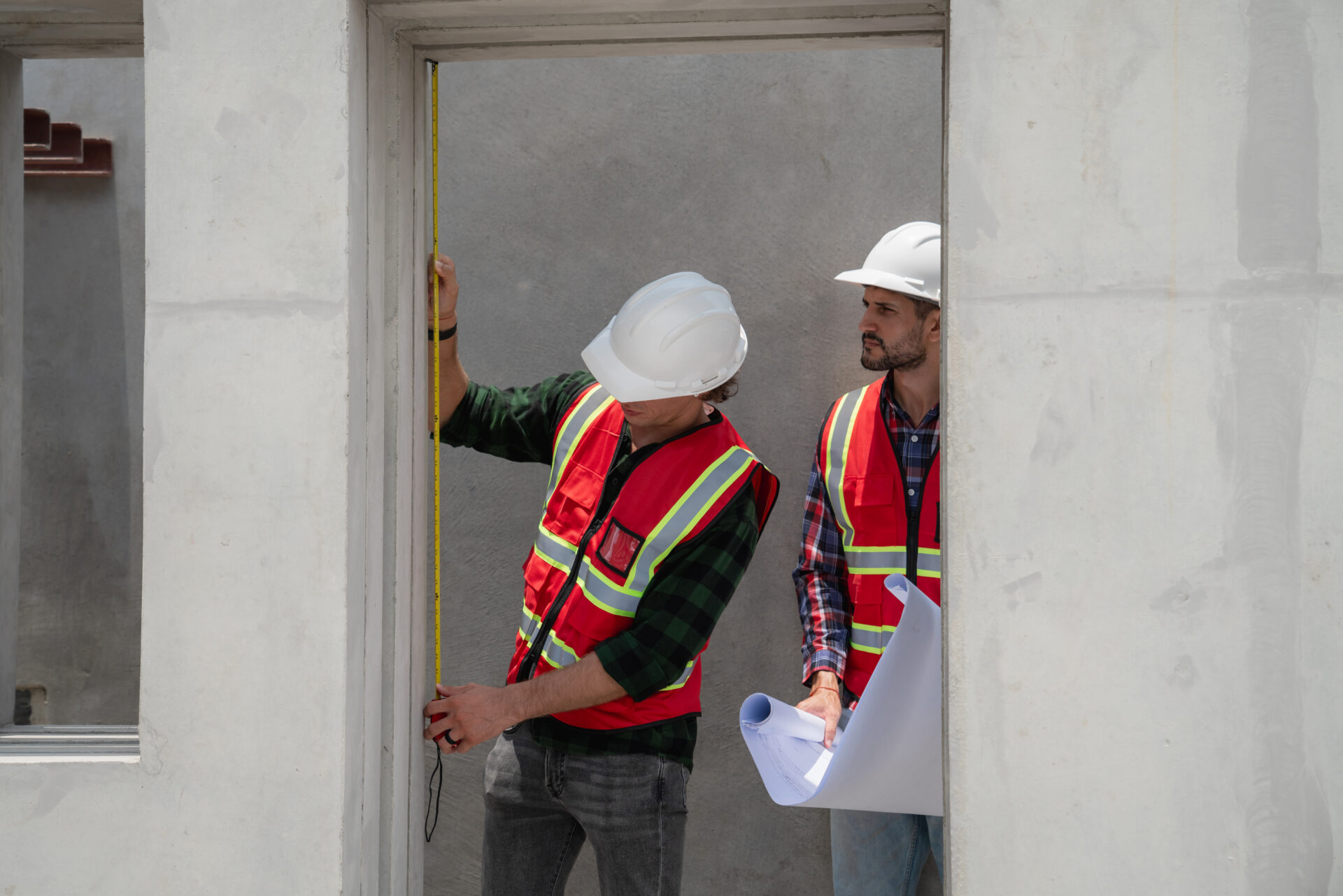Last Updated on 13 January 2025 by Tia Ellahi
How Do I Accurately Measure Doors in the UK?
To get the right door measurements, measure the height, width, and thickness of the frame, accounting for clearance and hardware, and double-check for accuracy.
When it comes to choosing new doors, understanding door measurements in the UK is essential. Whether you’re replacing an old door, upgrading to double door dimensions, or installing custom designs, getting the right fit can make all the difference. In this guide, we’ll walk you through everything you need to know, including standard interior door sizes, measurement tips, common challenges, and how accurate measurements can improve energy efficiency.
What You’ll Learn..
- The standard interior door size and its variations
- How to measure doors accurately for replacements
- Common challenges when measuring doors
- Key information about double door dimensions
- The impact of door measurements on energy efficiency
- UK regulations for door sizes and measurements
- FAQs
Why Door Measurements Matter
Choosing the right door measurements isn’t just about aesthetics—it’s about ensuring functionality, accessibility, and energy efficiency. At GFD Homes, we understand how crucial proper door sizing is for a well-designed home. Whether you’re exploring standard dimensions or considering custom options, we provide expert insights to help homeowners make informed decisions. Our range of external doors and bespoke solutions is tailored to elevate your home’s style and performance.
Standard Interior Door Sizes
What is the Standard Interior Door Size in the UK?
In the UK, the standard interior door dimensions are:
- Height: 1981mm (6’6”)
- Width: 762mm (2’6”) – commonly referred to as the standard interior door width.
- Thickness: 35mm for standard doors. For fire-rated doors, thickness can vary depending on the requirements- consult a professional to ensure compliance with fire safety regulations.
These dimensions suit most modern homes, but variations exist for specific needs, such as smaller widths (750mm) for compact spaces or larger widths for wheelchair access.

Common Challenges When Measuring Doors
Measuring doors might simple, but there are several challenges homeowners frequently encounter:
1. Irregular Door Frames
Older homes often have frames that don’t align with today’s standard interior door dimensions. Warped or uneven frames can complicate measurements, requiring custom doors or frame adjustments.
2. Flooring and Clearance Issues
New flooring can reduce the height of the door frame, while uneven floors may create clearance problems. Always account for changes in flooring when measuring the height of a standard door.
3. Non-Standard Double Door Sizes
When dealing with double door dimensions, measuring each panel separately and ensuring the combined width fits the frame is crucial. Miscalculations can lead to alignment issues or gaps.
4. Measuring for Hinges and Hardware
It’s easy to overlook hinge positions and hardware space, which can lead to improper door alignment. Always check these details when replacing doors.
5. Hidden Damage
Damaged frames or walls around the door can affect measurements and fitting. Inspect the surrounding structure to avoid surprises during installation.
By addressing these challenges early, you can avoid costly mistakes and ensure a smoother fitting process.
Double Door Dimensions
If you’re considering double doors, these larger styles add elegance and functionality to your home. They’re especially popular for creating open, airy spaces between living areas or for grand entrances.
Typical Double Door Measurements
- Width: 1200mm to 1800mm (combined width of both doors).
- Height: Typically 1981mm, matching standard interior doors.
For bespoke projects, custom double door sizes can be designed to fit your unique space, allowing for extra height or width as needed.
How to Measure Doors in the UK
Accurate measurements are crucial when replacing or fitting a door. Here’s a step-by-step guide inspired by our article How to Measure a Door:
- Measure the Height: From the top of the frame to the floor. Standard interior doors in the UK are usually 1981mm tall.
- Measure the Width: Measure the widest part of the frame. For standard interior door widths, this is often 762mm.
- Check the Thickness: Most internal doors are 35mm thick (for fire-rated doors, consult a professional).
- Consider Clearance: Leave a gap of 2-3mm around the door for smooth opening and closing.
If you’re measuring for double doors, be sure to measure the frame width and confirm the combined panel dimensions.

The Impact of Door Measurements on Energy Efficiency
Did you know that poorly measured doors can lead to higher energy bills? Accurate door measurements ensure a snug fit, reducing gaps that let drafts in and heat out. Here’s how precise sizing affects energy efficiency:
1. Improved Insulation
A properly fitted door minimizes air leakage, maintaining a consistent indoor temperature. This is especially important for double doors, where misaligned panels can compromise insulation.
2. Lower Energy Bills
By eliminating gaps around your doors, you can reduce heat loss, making your home more energy-efficient and lowering your heating costs.
UK Regulations for Door Measurements
Building regulations in the UK provide important guidelines for door measurements to ensure accessibility and safety:
- Minimum Door Width: For new builds, internal doors must provide a clear opening width of at least 750mm to comply with accessibility regulations.
- Fire Doors: Required in certain areas like kitchens or between garages and living spaces, fire doors must meet specific safety standards. Thickness and specifications can vary depending on the situation, so it’s important to consult a professional to ensure compliance with fire regulations.
- Accessibility Standards: Wider doors are recommended for accessible homes to improve maneuverability. It’s important to focus on the master door width for accessibility rather than double-door setups, which may not align with regulations.
Perfect Door Measurements Made Simple
Getting the right door measurements is the key to a perfect fit and flawless finish. Whether you need help with new external door sizes, bespoke double door dimensions, or advice on UK regulations, our team is here to help.
Start your journey today by exploring our wide range of external door styles and sizes. Visit our website for expert guidance, innovative tools, and unbeatable options.
Let us help you create the perfect door for your home.
FAQs About Door Measurements UK
What is the size of a standard door in the UK?
The standard interior door size in the UK is 1981mm x 762mm (6’6” x 2’6”), with a thickness of 35mm for standard doors. For fire doors, thickness and specifications can vary depending on requirements, so it’s important to consult a professional to ensure compliance with fire safety regulations.
What is a standard door measurement?
Standard door measurements refer to the typical height (1981mm), width (762mm), and thickness (35mm) used for internal doors in the UK.
What are the door regulations in the UK?
UK regulations for new builds require internal doors to have a clear opening width of at least 750mm to ensure accessibility with no specific width requirements for older buildings. Fire doors must meet safety standards, and their specifications, including thickness, can vary depending on the situation— always consult a professional for guidance.
How do you measure internal doors in the UK?
Measure the height, width, and thickness of the door frame. For accurate results, leave a 2-3mm clearance and confirm the measurements before ordering.
